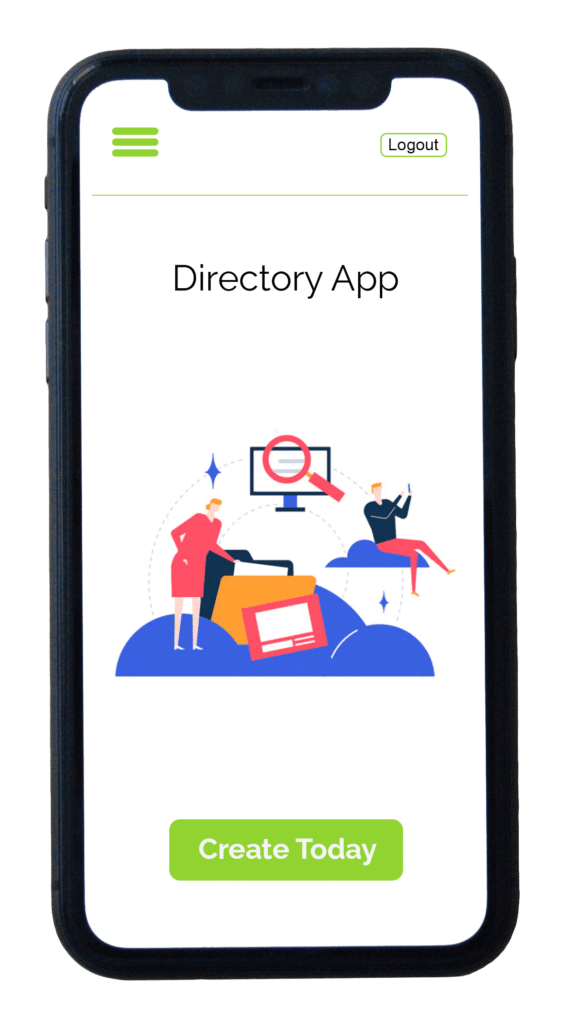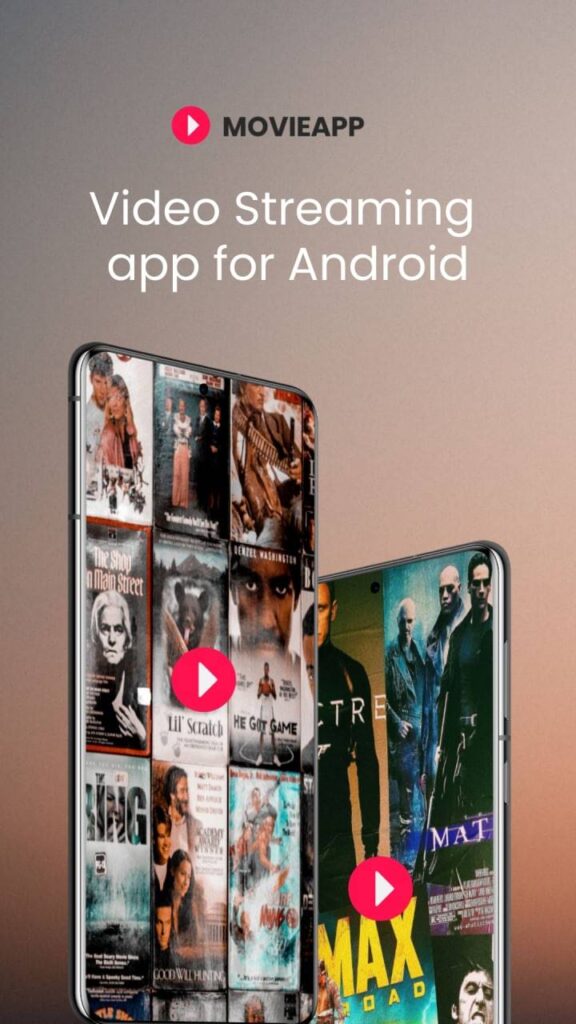Do you ever wonder how your competitor got that top ranking for your highly coveted keyword? This is the essence of competitive ASO analysis. The foundation of any ASO campaign should be a careful examination of who your competitors are, what they’re ranking for, and how they achieved such rankings. Based on this analysis, you can restructure your ASO efforts to keep pace and remain competitive. You just need to identify the risk mitigation and the gap in the market so you’ll get a solid footing in your chosen market and prepare for a massive expansion.
In this article, you will learn how to analyze your competitors. Also, you’d be able to know how well you rank for your chosen keywords. Sound good?
OK, let’s begin.
Just recently, we’ve observed a sudden increase in our Google Play users. With this in mind, we’ve decided to come up with a solution on how we can research, monitor and benchmark an app easily. It can be done by conducting a competitive ASO analysis and diving deep into your competitors’ data. This strategy can help you optimize your ASO efforts, which can result in increased traffic, higher ranking (on your chosen keywords) and more downloads!
Competitor monitoring is important in any app marketing strategy. It allows you find a positioning before your app launch and helps you adjust your ASO strategy and make your app stand out from the rest.
You should know the specific market you’re dealing with and by following the trends, you will get familiar with what users are looking for and from there, you’d be able to respond to their needs accordingly.
But hey, let’s define competitor first.
“It is an organization engaged in commercial or economic competition with your app and the rest of the crowd.”
Meaning, this could be anyone who provides a similar or the same service that your app is providing, is a competitor.
OR, any organization that wants to steal your clients or customers.
At this point, we’re not overly concerned about other trivial data (market share, revenue, etc.). We’re also interested in knowing who our competitors are, and making a log of them.
Competitor analysis is identifying what your competitors are doing; whether it is the apps’ functionality or regarding their app ASO strategies. For you to step ahead of your competitors, you need to their strengths and weaknesses. This is why we paid a lot of attention to facilitate your work here.
How to research competitors in App Store
So what insights can you gain by monitoring your app’s competition? Here’s a list where you’ll want to monitor and optimize your app, convert more users, and increase your profitability.
- Target Audience
- Category rankings
- Keyword rankings
- Screenshots & App Preview Videos
- Monetization strategy
- Reviews and Ratings
- App Updates and Releases
Target Audience
We need to know what type of user your competitor’s app is attracting. Knowing their age, gender, income, even their education level can help you make important assumptions and decisions when promoting your app. Thankfully, we have tracking tools to provide all of this information about your competitors.
Demographic data – this information can help you differentiate your offer (Image source: App Annie)
How to use demographic data:
- These insights can help you position your app in a saturated market.
- Age and education info can guide your overall ASO strategy, including the complexity and format of your content.
- Using demographic, you can make sound decisions about your app’s design, style, and even features. For example, if you’re targeting a specific age group, like teens, you might select different colorful designs, styles, navigations, and even social logins, then you might for an app targeting adults.
- Income levels info can help you define your monetization strategy. This can guide you if you’ll go for a free or a paid app.
Category rankings
When focusing on your ASO strategy, it is a MUST to look at your own and your competitors’ category ranking, so that you show up in app store search results.
Tracking app’s category ranking can help you choose the best category for your app (Image source: MobileAction)
Improving your app’s vertical ranking can boost your app’s visibility and discovery. You can do so by getting your app into the app store’s related app suggestions:
Airbnb’s related app suggestions from Google Play and the App Store
How to use category ranking insights:
- Use your competitor insights to your advantage by positioning your app in the right category, after checking the difficulty level.
- Compete within your chosen category to increase your ranking within that section and overall ranks.
Keyword Rankings
Keywords are very important to your ASO success. It can impact your ranking in organic app store search results. For new and expert ASO providers, keyword research can help you select the best keywords for your app. And one of the best places to start your keyword research is looking directly at your competitors.
Determine the keywords being used by similar apps to determine competitiveness (Image source: SearchMan)
How to use keyword ranking insights:
- Know the search terms your competitors are and aren’t ranking for to optimize your ASO strategy.
- Have a look at keyword selection and density in your competitor’s app descriptions to help you write your own ASO optimized copy or description
Screenshots & App Preview Videos
Screenshots play a huge role in enticing your users to download your app. Moreover, app promotional videos showcase your app’s features and play a major role in driving downloads as well.
Apps with nice screenshots can benefit from higher search result CTR (click-through rates)
How to use screenshots & app preview videos insights:
- Identify what works (and what doesn’t) for your app in your category and use it your own design. It will also help you write copy that “sells” your app.
- Focus on the benefits rather than basic screenshots from your phone.
- Supplement your qualitative research with more quantitative data (competitor ranking and downloads) and see how effective their promo videos and screenshots really are.
Monetization strategy
Most app publishers already have an idea about their monetization strategy before they even start coding their app. But don’t get me wrong. Just because you’re convinced about your app’s pricing model does not mean you should not look at what your competitors are up to.
Monitor pricing information (price drop/increase) (Image source: AppShopper)
How to use pricing info insights:
- Check if the majority of apps in your category are Paid or Free? Going against the trend, it could help you stand out.
- Monitoring the price of your competitor apps can give you an idea on how you can prevent or avoid the effects of sudden price fluctuations.
- Are competitor apps generating revenue with in-app purchases or advertising? Take note and understand how your competitors are making money.
Reviews and Ratings
Reviews and rating matter. Google Play gives some weight in their ranking algorithms. Looking at the reviews and ratings of your competitors can help you reveal some important insights to improve your ASO strategy.
(Image source: AppTweak)
How to use ratings and reviews insights:
- Check your competitors’ feedback score? Get a step ahead by implementing a strategy to get your users to rate & review your app.
- Check your competitor reviews as this can give you invaluable information about bugs that you might want to address in your app.
- Get some suggestions for new features. If your users are celebrating the addition of Twitter login in a competitor app, you may also want to add that feature.
- Get keyword suggestions. Since these reviews are written by actual users, these can be a data mine of new ASO keywords you may never have thought about.
- Communicate with your users the same way your competitors are doing by reading how they respond to their reviews on Google Play.
App Updates and Releases
It is always useful to refresh your app and upload it again to Google PlayStore as it will be re-enlisted under the “New and Updated” apps. This is a free chance to show up on the homepage. Monitoring your competition can help you update and use this opportunity to your advantage.
Here’s a timeline of your competitor’s updates. This can help you time your own release schedule (Image source: SearchMan)
How to use app updates and release info insights:
- Check when your competition launches to see trends. You can choose to coincide with same dates or in between launches for your app.
- Checking your competitor’s release date can give you the choice to either compete simultaneously or wait until they are completely off the updated apps’ section in Google PlayStore.
- Also, read through the competitors release notes to guide you in your own development roadmap.
- Most publishers deploy their marketing campaign and their app update the same day, take a closer look. Look for paid advertising campaigns when app updates get approved by GooglePlayStore.
Conclusion
Competition analysis can be your best weapon for achieving a boost in organic traffic, increases in keyword ranking, and eventually more downloads. Tap into your competitor Android apps data out there and benchmark your rankings. This can help you gauge your ASO results and optimize for the best return on all of your app marketing and promotion activities. For more tips on app promotion strategy, app marketing, and app store optimization, subscribe here.


